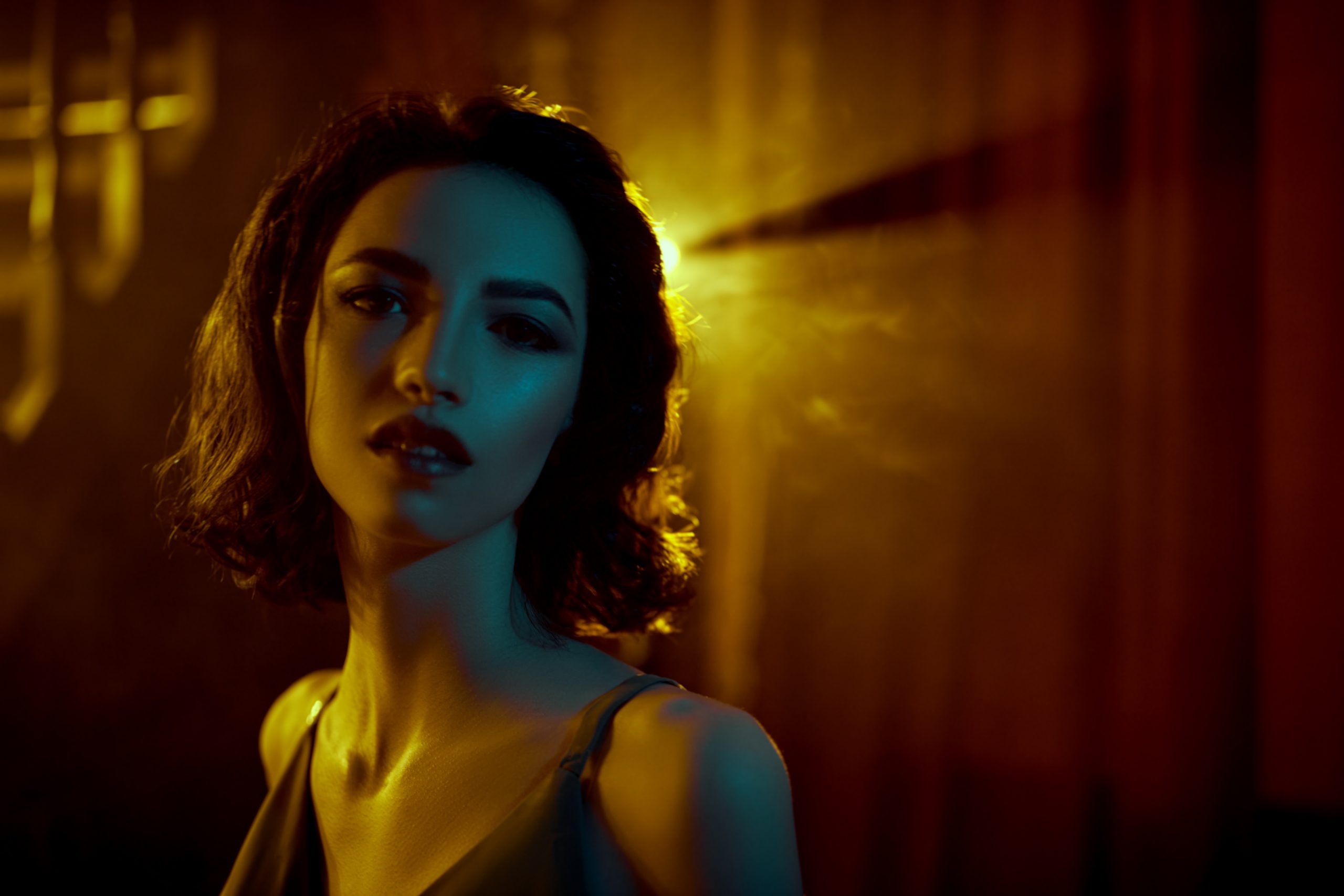In a world where technology is the backbone of our daily lives, the realm of art has found a new playground to explore and push boundaries. From digital art installations to interactive performances, the intersection of art and technology has become a breeding ground for creativity and innovation. The merging of these two worlds has not only transformed the way we experience art, but it has also given rise to a new wave of artists who are utilizing technology as a medium to express their artistic vision. In this article, we delve deeper into this fascinating intersection and discover how creativity meets innovation in the realm of art and technology.
The Evolution of Technology in Art:
Technology has always had a role in the world of art. From the invention of the camera and the printing press to the creation of synthetic paint and digital software, technology has continuously influenced and revolutionized the art world. However, it wasn’t until the 1960s that technology truly began to take center stage in the art world with the emergence of computer art. Artists like Nam June Paik, a pioneer in early video art, and John Whitney, known for his use of computer-generated graphics, embraced technology as a means of creation and opened the door for further exploration.
One of the first notable collaborations between art and technology was the Experiments in Art and Technology (E.A.T.) movement, founded in 1966 by engineer Billy Klüver and artists Robert Rauschenberg and Robert Whitman. E.A.T. aimed to bring together artists and engineers to collaborate on groundbreaking projects. This marriage between art and technology sparked a new era of experimental and interdisciplinary artwork.
The Rise of Digital Art:
With the advancement of technology, the possibilities for creating art have become endless. From digital painting to 3D printing, technology has opened up a whole new world for artists to explore. One of the most significant shifts in the art world has been the emergence of digital art. Digital art refers to any artwork that is created or manipulated using digital technology. It can include anything from digital paintings and illustrations to interactive installations and virtual reality experiences.
One artist who has mastered the art of utilizing technology in her work is Lauren McCarthy. Her interactive installations and performances explore the relationship between humans and technology, blurring the lines between the two. In her project “Lauren McCarthy – Performance Artist Robot”, McCarthy used facial recognition software to create a robot that imitated her facial expressions and movements, mirroring her every move. Through this piece, McCarthy raises questions about our growing dependence on technology and how it impacts our interactions with each other.
Technology and Performance Art:
Performance art is another genre that has been greatly impacted by technology. Performance art is a type of artistic expression in which the artist uses their body to create a live, time-based artwork. With the help of technology, this art form has been elevated to new heights. Artists like Stelarc and Orlan have pushed the boundaries of traditional performance art by incorporating technology into their performances. Stelarc’s “Third Hand” project involved attaching a robotic arm to his body, giving him a third arm that could be controlled by muscle stimulators. Through this piece, he explored the idea of the human body being augmented and enhanced by technology, blurring the lines between man and machine.
Another groundbreaking work that showcases the intersection of technology and performance art is Marina Abramović’s “The Artist is Present.” In this piece, Abramović sat silently in a chair in the Museum of Modern Art for 736 hours, with a blank expression on her face, inviting visitors to sit across from her and share a moment of eye contact. The piece was made possible by the use of technology, with cameras projecting Abramović’s gaze onto screens in the museum, creating an intense and intimate experience for the visitors. Through her performance, Abramović aimed to challenge the digital disconnect in our society and bring back the importance of human connection.
The Role of Technology in Contemporary Art:
The influence of technology in the art world goes beyond the creation of art. It has also transformed the way art is exhibited and consumed. With the rise of the internet and social media, art has become more accessible to the masses. Artists can now showcase their work on online platforms and reach a global audience without the limitations of physical space. Technology has also given rise to the concept of “virtual galleries,” where artists can display their work in a digital space, allowing viewers to experience the artwork from the comfort of their own homes.
On the consumer side, technology has also revolutionized the way we view and experience artwork. Augmented reality and virtual reality have opened up new possibilities for interactive and immersive exhibitions, making the viewer an essential part of the artwork. In 2019, the Serpentine Galleries in London collaborated with Google Arts & Culture to create an interactive exhibition called “Augmented Architecture.” This exhibition used Google’s Tilt Brush technology to create a virtual world where visitors could explore and interact with artworks by renowned architects like Frank Gehry and Zaha Hadid.
The Future of Art and Technology:
The intersection of art and technology is a constantly evolving and dynamic space. With the continuous advancement of technology, the possibilities for artistic expression will only continue to grow. It is an exciting time for the art world, where new mediums and forms of art are being constantly explored and created. From virtual reality exhibitions to interactive installations, the merging of art and technology has given rise to a new generation of artists who are shaping the future of art.
As we can see, the intersection of art and technology has opened up a world of endless possibilities for artists to create, innovate, and challenge traditional art forms. It has allowed for a deeper exploration of our relationship with technology and the impact it has on our lives. This marriage of two seemingly different worlds has given birth to a new era of art that is continuously pushing boundaries and shaping the future of artistic expression. The future is bright and limitless at the intersection of art and technology, and we can’t wait to see what is yet to come.




